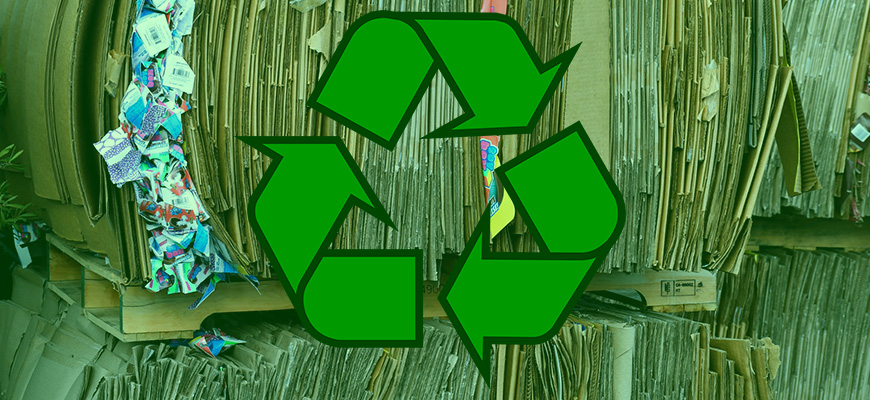
Creating your own Rocket Industrial personal account has many benefits:

Among all of the talk about packaging sustainability, eliminating plastics and how to increase re-use rates, there’s been one material that remains miles ahead of any other packaging material’s recovery rates… corrugated packaging!
Corrugated is one of the few materials that can be recovered for recycling. Box fibers are a valuable commodity and can be reused over and over to create new boxes and paper products. The average corrugated box today contains at least 50% recycled fiber. In fact, in 2018 96% of all corrugated packaging in the United States was recovered and recycled! This didn’t happen overnight, let’s start at the beginning.
Let’s flashback to 1970. At the time, Wisconsin Senator Gaylor Nelson was determined to bring media and political attention to the health of our planet. So determined in fact, he created the first Earth, which was held on April 22 that year with an estimated 20 million people celebrating various festivities nationwide. This prompted Container Corporation of America, a corrugated manufacturer, to hold a concert to design a symbol that would encourage people to recycle their products resulting in the recycling symbol we all know and respect today.
Jumping to the early 1990s, when curbside recycling was introduced to households, the corrugated industry created the Corrugated Recycles symbol to help people identify what product they should be recycling. This is really when the action started happening! By 1993 about half of all corrugated was being recovered. This steadily increased every year getting us to the 96.4% recovery rate we are currently at. You can view the full corrugated recovery statistic chart and find more resources on paper and packaging recovery at paperrecycles.org.
According to the EPA, paper-based packaging accounts for over 75% of all packaging materials. This makes sense with the continued growth of e-commerce. Corrugated is often the more efficient choice when it comes to costs dealing with transportation due to the use of cube space and its lightweight. With optimized packaging designs, space isn’t wasted and the need for extra void fill can be reduced, resulting in a lesser environmental footprint.
Can the same focused efforts help improve the recovery rate of other packaging materials? We certainly think so! By properly assessing your products, optimizing your packaging and choosing the right material with the least cost and environmental impact, big changes can happen. Not sure where to start on your sustainability journey? We can help! Contact our team to do a full assessment of your packaging or just help you improve in areas your packaging is currently lacking in.
Related Articles:
5 Misconceptions About the Humble Corrugated Box
What is a Box Maker's Certificate?